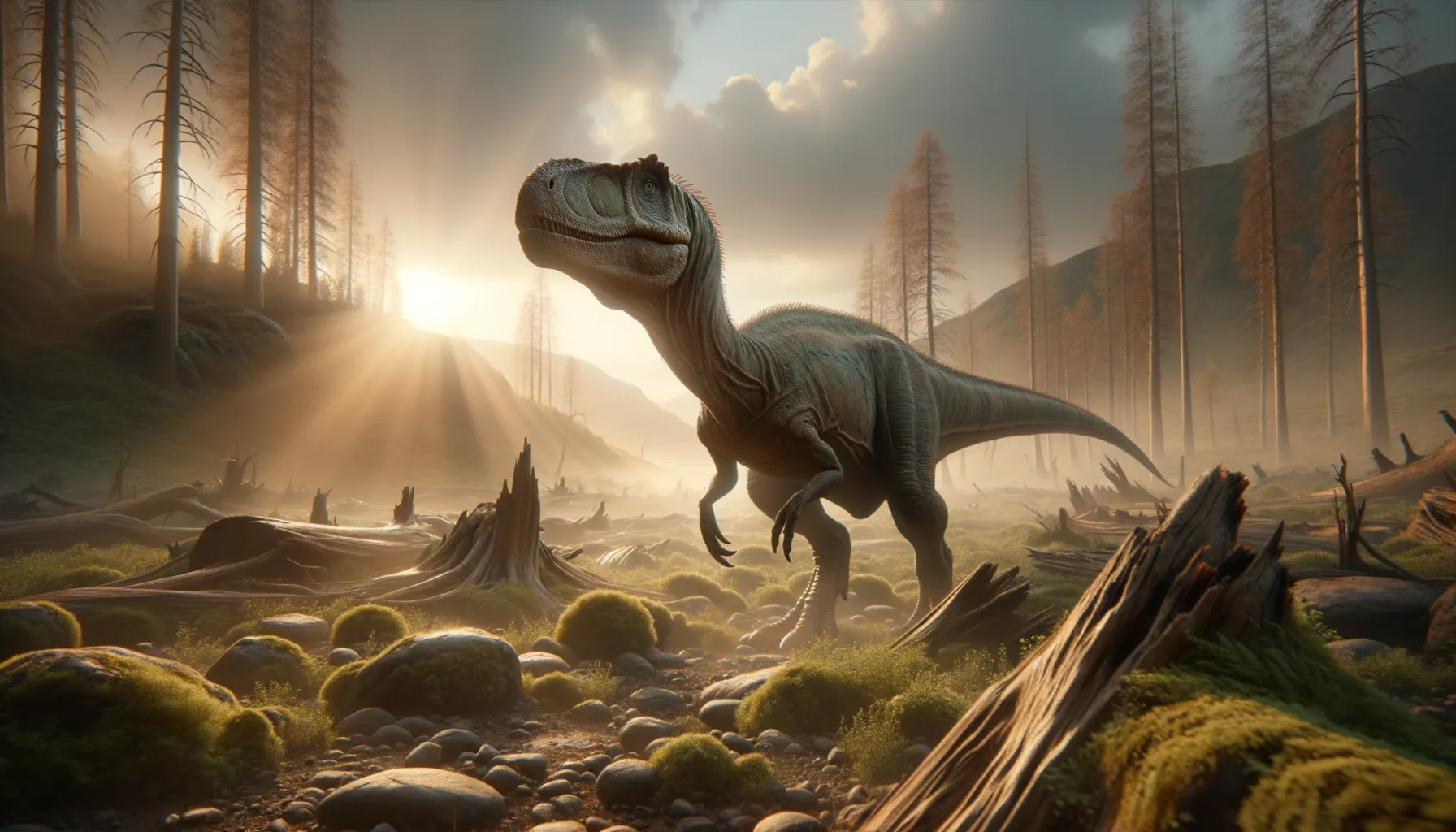
Probrachylophosaurus
Crested wonder from a bygone era.
Period
Cretaceous
Length
Measured approximately 9 meters in length.
Height
Stood about 2 to 3 meters tall at the hips.
Weight
Weighed around 2,000 to 2,500 kilograms.
Probrachylophosaurus was a plant-eating dinosaur that lived during the late Cretaceous period. Known for its distinct small, bony crest on its head, it was a medium-sized member of the Hadrosaurid family, often called 'duck-billed' dinosaurs. This dinosaur was primarily quadrupedal but could walk on two legs if necessary. Its fossil discoveries help paleontologists understand the evolutionary transition in crest development among hadrosaurs.
Diet
Probrachylophosaurus was a herbivore, primarily feeding on vegetation like ferns, leaves, and possibly fruits. Its dental structure suggests it was well-adapted to chew tough plant materials.
Hunting
As a herbivore, it did not engage in hunting. Instead, it likely foraged for food among Cretaceous forests and plains, using its beak-like mouth to snip off plants.
Environmental challenges
Probrachylophosaurus lived during a time of significant environmental changes, including fluctuating sea levels and varying climates. These changes would have affected the availability of vegetation, prompting adaptive behaviors. The presence of predators would also have been a constant challenge, necessitating vigilance and perhaps a reliance on herd behavior for protection against carnivorous threats.
Speed
Relatively slow, likely relied on stamina.
Lifespan
Estimated to live several decades, like other dinosaurs.
First discovery
First discovered in Montana, USA in 2015.
Fun Facts
- Probrachylophosaurus was a dinosaur that lived in North America during the Late Cretaceous period, around 78 million years ago.
- This dinosaur was a herbivore, meaning it primarily fed on plants and vegetation.
- Probrachylophosaurus had a distinct bony crest on top of its head, which was likely used for display or species recognition among its peers.
- It is a member of the hadrosaurid family, commonly known as 'duck-billed dinosaurs' due to the shape of their snouts.
- Probrachylophosaurus could grow up to around 30 feet in length, making it a relatively large dinosaur.
- Fossils of Probrachylophosaurus were first discovered in Montana, USA, adding to the rich paleontological history of the region.
- The name Probrachylophosaurus means 'before short-crested lizard', indicating its place in the evolutionary line before the more well-known Brachylophosaurus.
Growth and Development
Probrachylophosaurus likely hatched as small, vulnerable juveniles and grew rapidly in its early years. Evidence from bone structures suggests it underwent periods of rapid growth, reaching maturity relatively quickly to escape predators. As it aged, the development of its signature crest became more pronounced, possibly playing a role in social interactions or mating displays.
Habitat
Probrachylophosaurus lived in what is now North America during the Cretaceous period, an environment characterized by lush vegetation and river deltas. These environments provided ample food sources and water. It likely moved in herds, inhabiting forested areas and open plains to graze and find refuge from predators.
Interaction with other species
As a herbivore, Probrachylophosaurus mostly interacted with other herbivorous and predatory species. It might have competed with other herbivores for food. Predators like theropods would have posed a threat, prompting group defense mechanisms or flight responses.
Natural lifespan
Probrachylophosaurus might have lived over 20 years if it survived past juvenile stages.
Reproduction
The dinosaur likely reproduced by laying eggs, nesting in colonies similar to other hadrosaurs. With clutch sizes potentially large, parental care could have involved guarding or protecting nests.
Social behaviour
Probrachylophosaurus likely exhibited social behaviors typical of hadrosaurs, including herd living, which offered protection and social interaction. Its crest might have served as a visual signal for communication within groups or mating rituals.
Fossil locations
Fossils of Probrachylophosaurus have been located primarily in Montana, USA, providing crucial insights into the evolutionary timeline of crested hadrosaurs. These sites have uncovered well-preserved specimens that have helped understand the diversity and distribution of this species during the late Cretaceous period.
